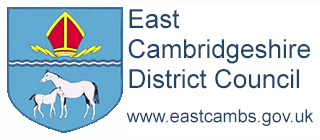You can apply to make yourself bankrupt if you cannot pay your debts. Check if there are other ways you can deal with your debts (external link) before you apply for bankruptcy.
Your application will be looked at by someone who works for the Insolvency Service called an ‘adjudicator’. They will decide if you should be made bankrupt.
The process is different if someone else is applying to make you bankrupt (external link).
How to Apply
You can only apply for bankruptcy online (external link). It costs £680.
What happens when you go bankrupt
If the adjudicator makes you bankrupt:
- you will receive a copy of the bankruptcy order (external link) and may be interviewed about your situation
- your assets (external link) can be used to pay your debts
- you will have to follow the bankruptcy restrictions (external link)
- your name and details will be published in the Individual Insolvency Register (external link)
You can apply to have your address removed from the Individual Insolvency Register if publishing it will put you at risk of violence (external link). This will not affect your bankruptcy.
After 12 months you’re usually released (external link) (‘discharged’) from your bankruptcy restrictions and debts. Assets that were part of your estate during the bankruptcy period can still be used to pay your debts.
You might be able to cancel (‘annul’) your bankruptcy (external link) before you’re discharged.
Bankruptcy only applies to individuals. Find out what your options are if your limited company cannot pay its creditors (external link).
Get help and information
Read the following:
- the Citizens Advice bankruptcy advice guide (external link)
- MoneyHelper's guide on options for writing off your debt (external link)
You can also contact the National Debtline (external link) for bankruptcy advice.
You can get free advice from a debt adviser (external link) to help you decide on how to deal with your debts.
